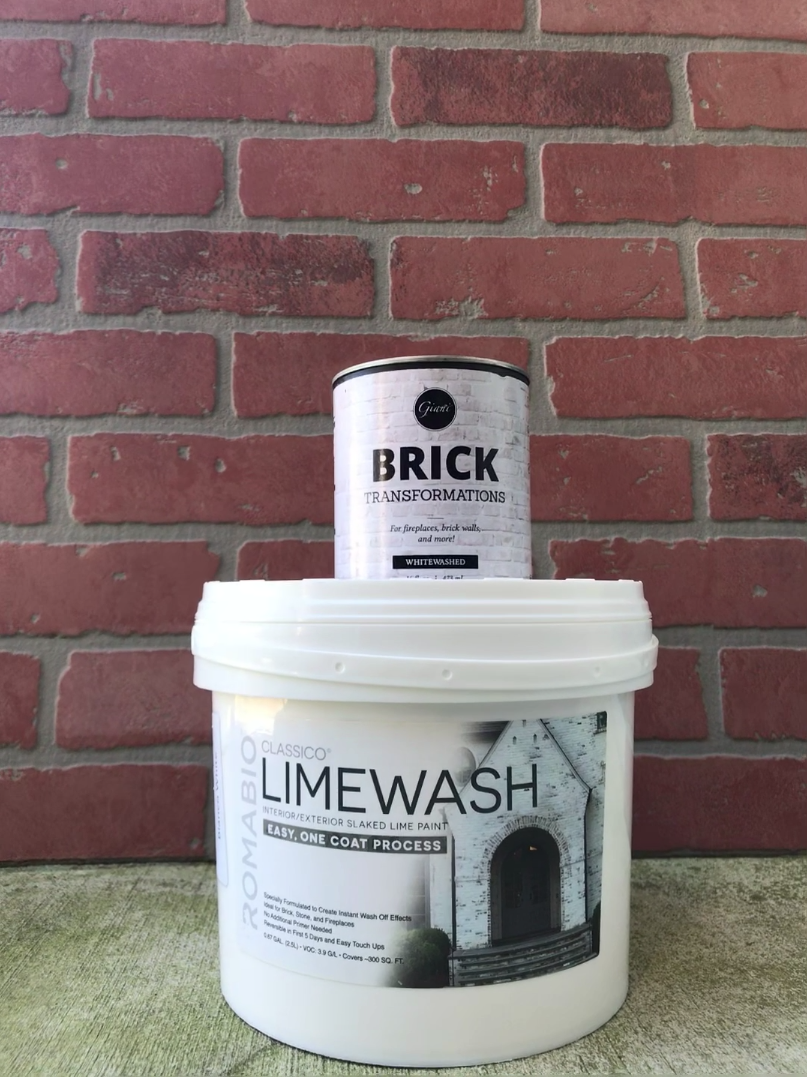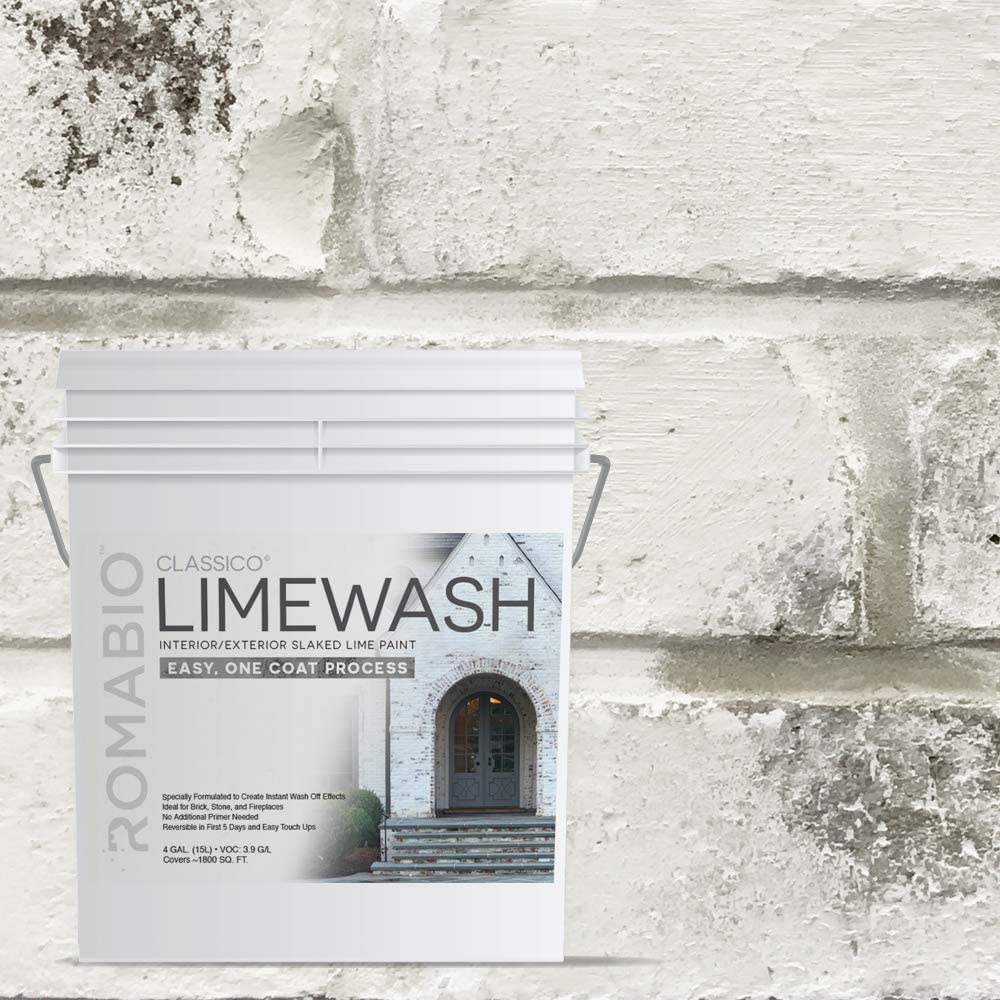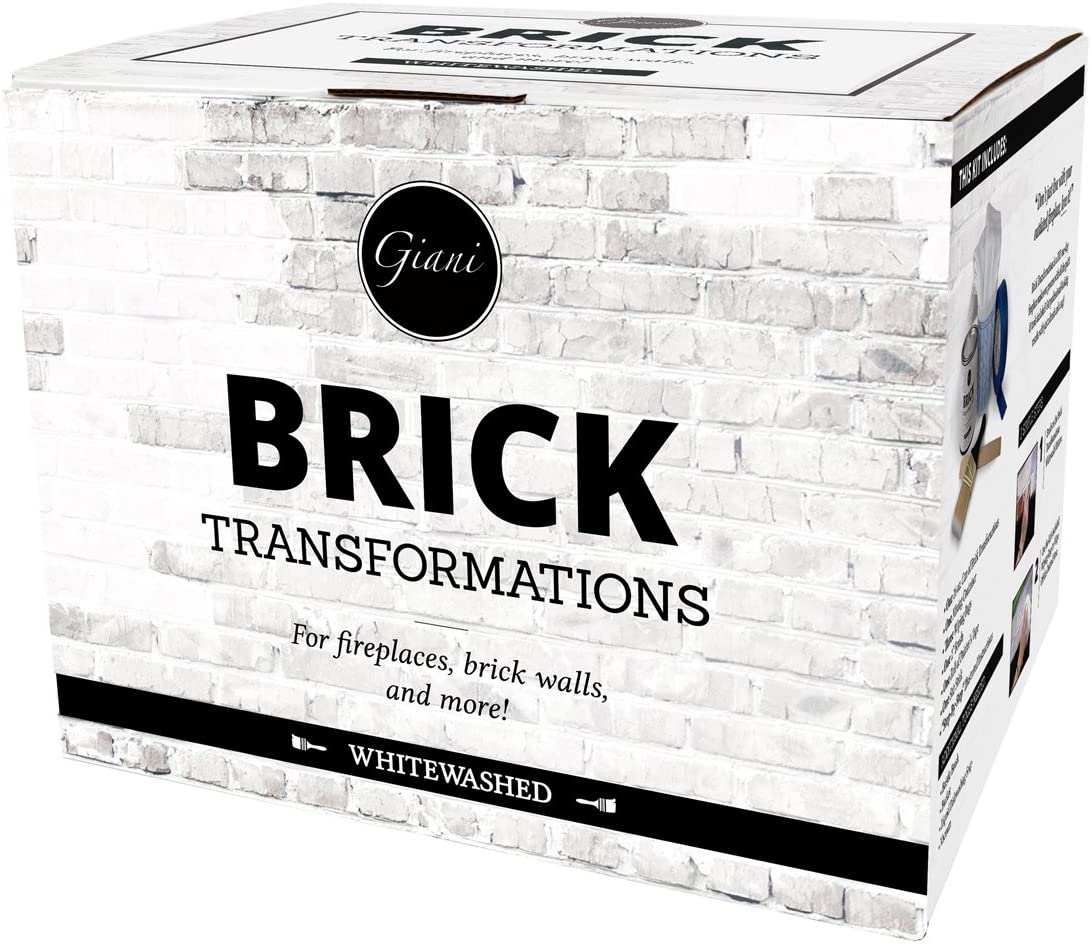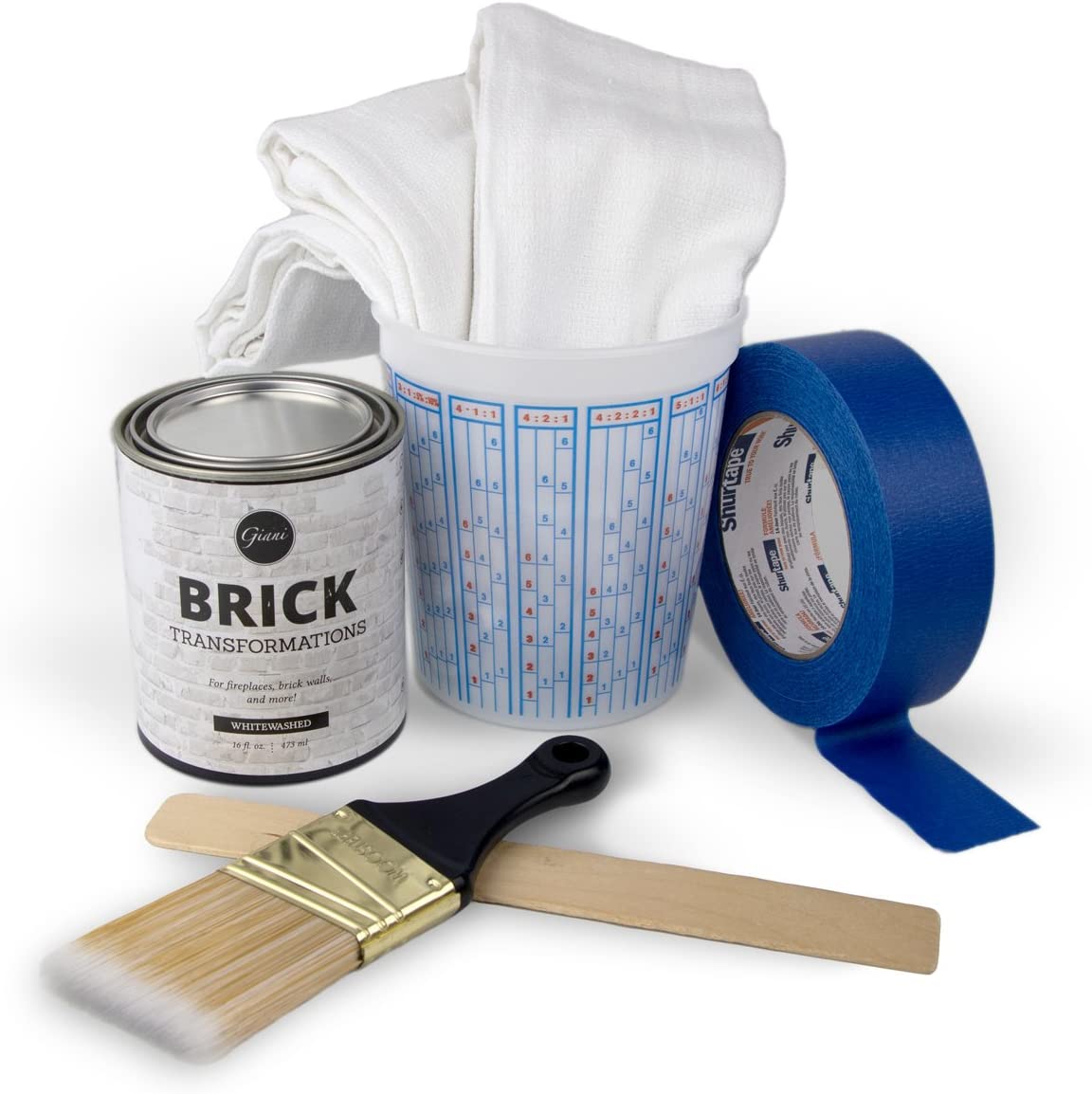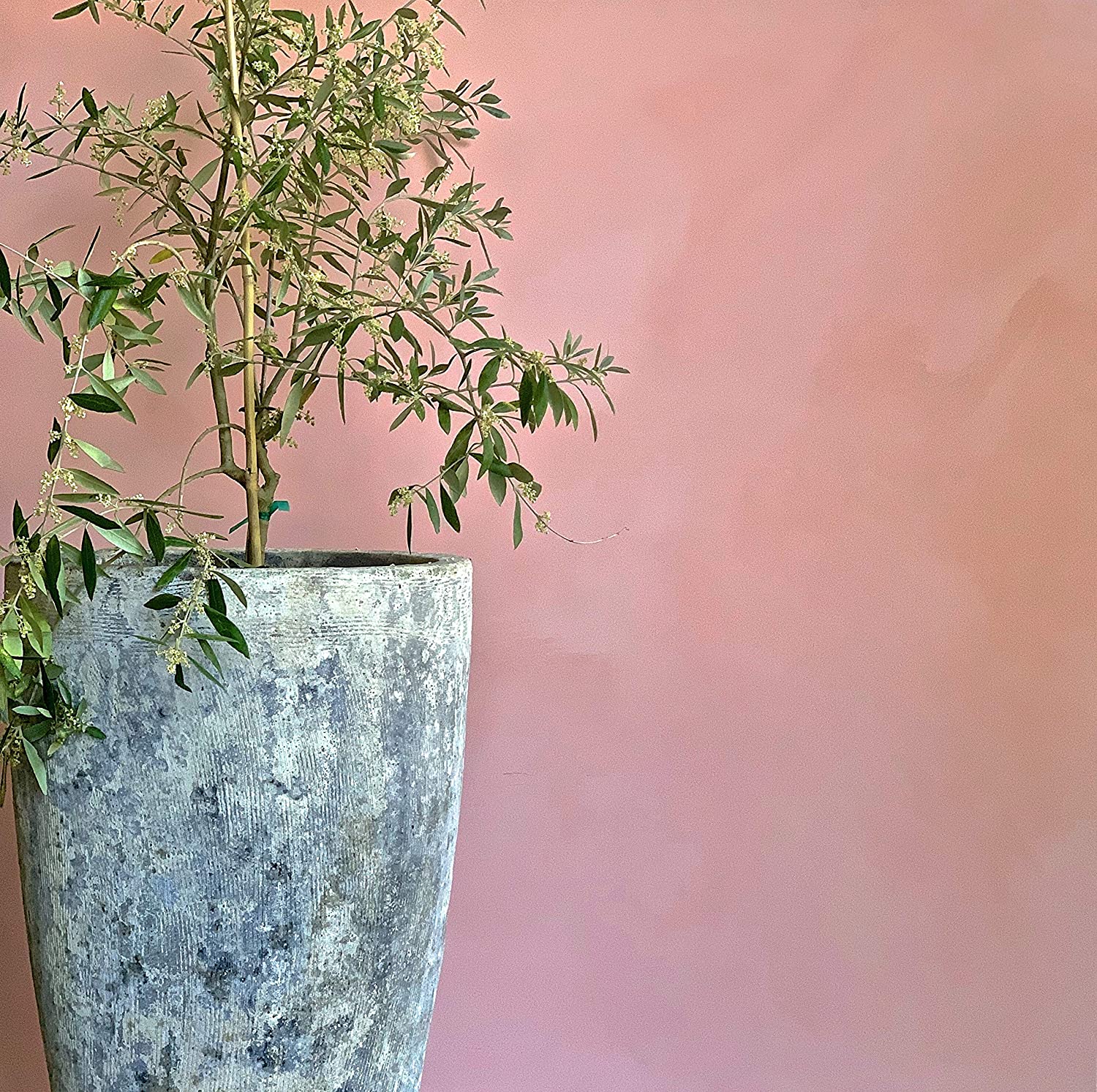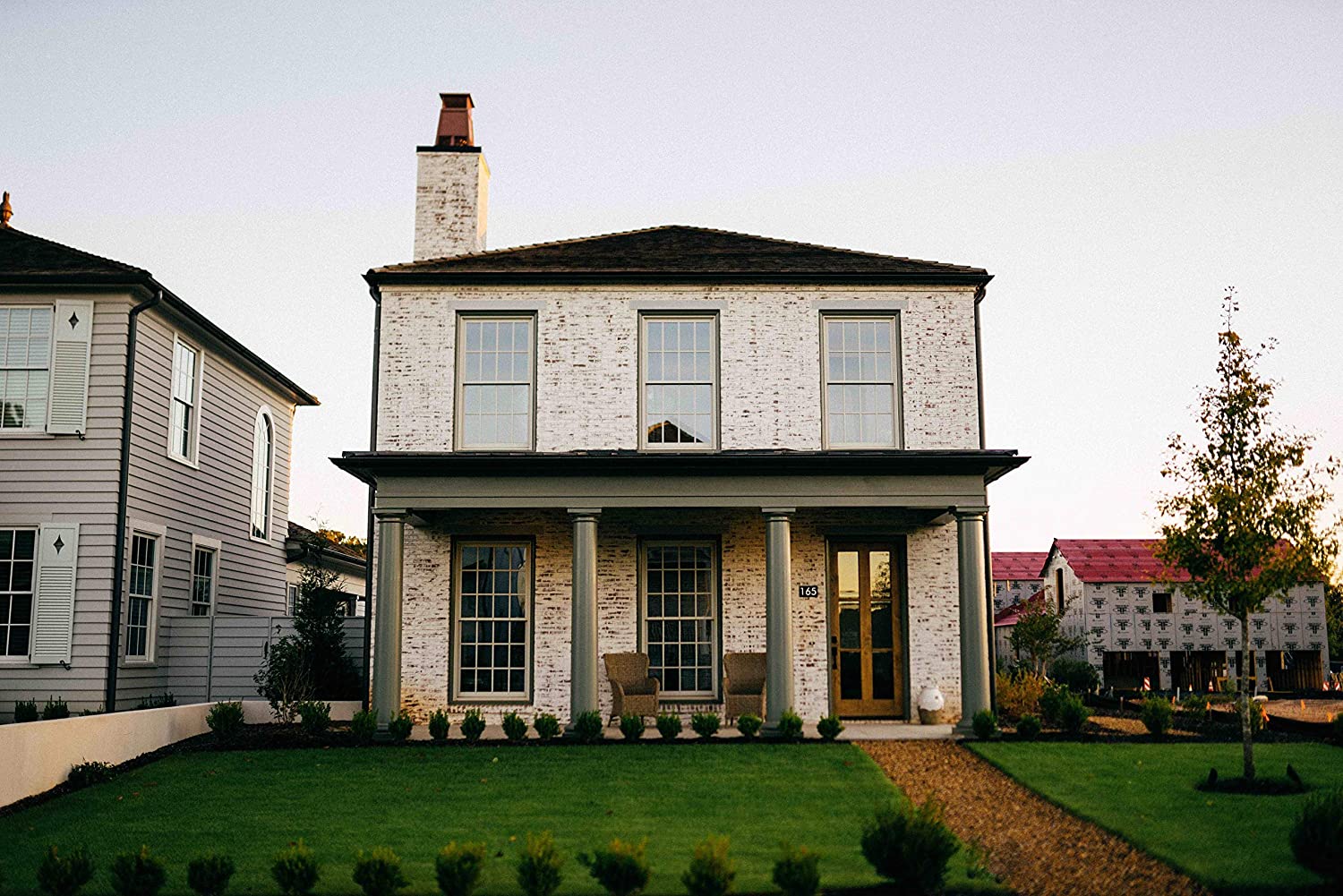While you may consider these products practically the same, they are incredibly different and give incredibly different end results. Consider the pros and cons of each before deciding which is best for your project.
Side-by-Side Summary
| Romabio | Giani | ||
|---|---|---|---|
| VOC Count | 0 | 85g/gal | |
| Allows Brick to Breathe | yes | no | |
| Color Choices | yes (7) | no | |
| Comes with Everything You Need | no | yes | |
| Indoor or Outdoor Use | yes | no (indoor only) | |
| Distressed Look Possible | yes | yes | |
| Full Coverage Possible? | yes | no (not in the nature of whitewash as a product) |
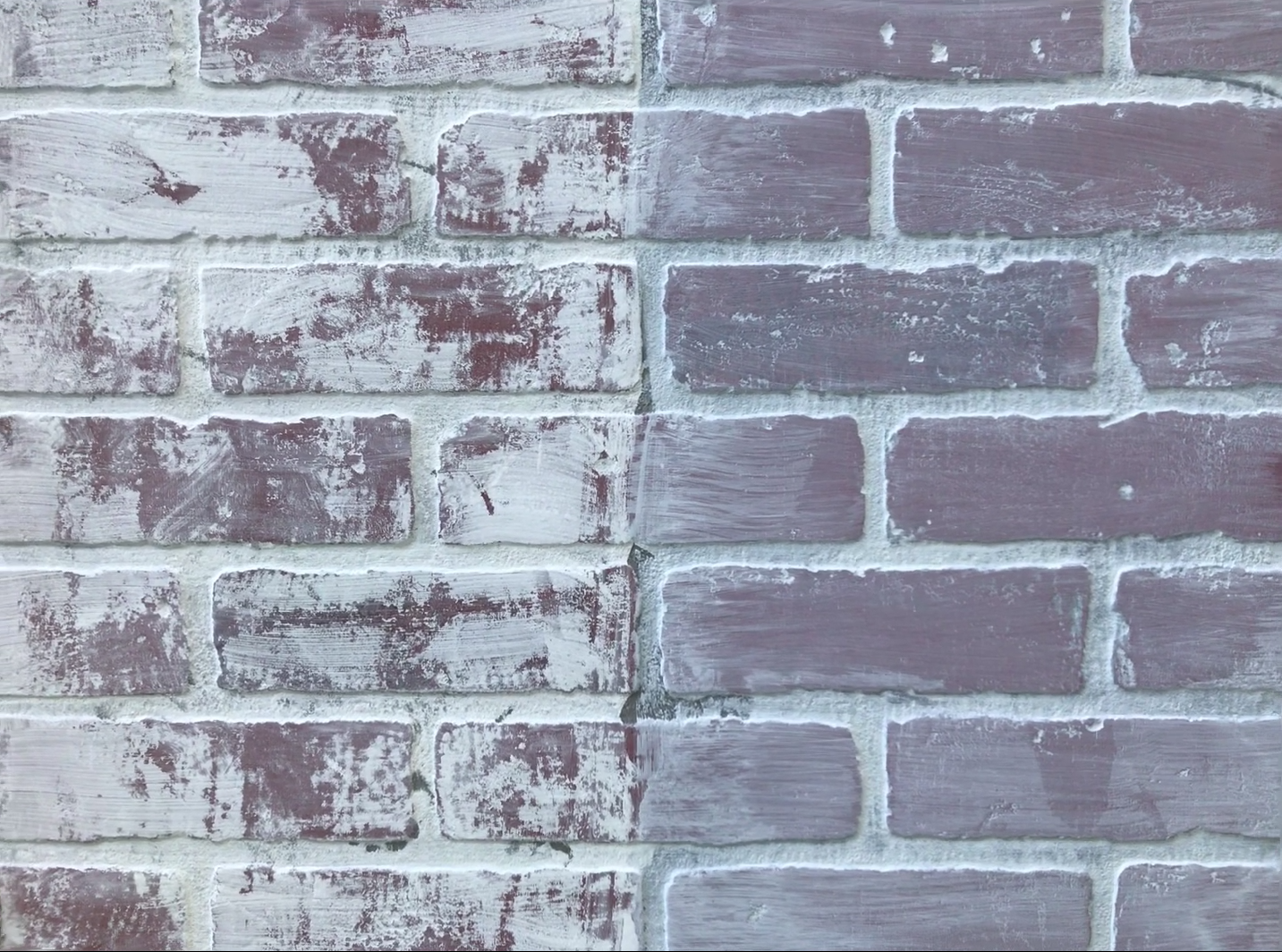
What is Limewash?
Limewash is a finish designed for raw wood or unsealed masonry and has been around for centuries. While a simple limewash just consists of water, salt, and hydrated lime, a more complex version is an aged lime putty mixed with natural pigments that the user dilutes with water to create a usable wash. As it dries, it can be distressed by spraying on water to remove some of the finish.
Limewash has incredible properties. It’s antimicrobial, antifungal, and an insecticide. It allows the surface it’s applied on to breathe naturally, which preserves the strength of that surface. It is equally applicable in indoor and outdoor settings and only looks better over time.
Limewash is also completely VOC free.
What is Whitewash?
Whitewash is a finishing technique for raw wood, masonry, and even previously painted surfaces. The user chooses a white or off-white paint color and dilutes it with water. Especially when used on brick, the user can remove excess paint with a rag to allow some of the natural brick to show through
Whitewash is just a mixture of white paint and water. It is better for brick than a solid coat of paint, but it doesn’t allow the brick to breathe naturally like limewash. Whitewash is not designed to hold up over time and will need to be reapplied in outdoor settings.
The VOC count of whitewash will depend on the type of paint used in the process.
The Classico Limewash by Romabio
Romabio’s limewash is crafted in Italy. It has all the fantastic qualities of limewash listed above, and it comes in seven different color choices.
While the product is mainly marketed to the exterior of brick homes, it can be used on any natural brick or stone, inside or outside.
The product is shipped in a paste form that needs to be diluted before application.
The Brick Transformations Kit by Giani
The whitewash kit by Giani comes with everything you need to complete your project including paint, lint-free cloths, drop cloths, etc. It is an interior product marketed for fireplaces.
The paint is low VOC and specifically designed for brick. The paint must be diluted with water before use.
Application Process
The Romabio limewash paste was about the same texture as softened butter. I expected it to be more difficult to work with (something along the lines of solid ice cream), but it was very easy to scoop out of the container.
It does take a little effort to get it thoroughly mixed with water. I would recommend using a metal mixing tool attached to a drill as opposed to a wooden stir stick.
As I applied it, the product looked very streaky, but the brushstrokes were much milder when the product dried.
Once the product was mostly dry, I started to distress it. I definitely recommend waiting as long as possible to start distressing.
Because the wash was not completely dry, even the drips from the water I sprayed on it removed a lot of product. I ended up using a lint-free cloth to blend the finish and get it looking the way I wanted.
The Giani paint was about the same texture as sour cream. When I was shaking the can, I thought it sounded really thin, but it wasn’t that much thinner than the Romabio. In fact, when diluted, both products had about the same consistency.
Again, it did take a little effort to get the product fully blended with the water. The company claims you can do it with just a stir stick, but I ended up having to really work the paint into the water with my paint brush.
Initially, the product gave a very full coverage. I did find it difficult to get the distressed look I was going for, but I think it would have been easier on real brick, which is much more porous. (I was using a faux brick board.)
Ease and Enjoyment of Application
I far preferred applying the Romabio wash. Because the product is non-toxic and water-based, I knew anything I got it on would be easy to clean up, which made the process way more enjoyable.
I did have a couple hiccups in the distressing process, but I was able to accomplish the look I wanted without too much stress.
The product had no discernable scent, and it was incredibly easy to clean off the brush and rag I used.
I really did not enjoy using the Giani product. I had to pull out old bags to protect the area I was working on. The rag I used is still soaking in the sink–it’s been difficult to remove all the paint.
The distressing process was not easy. I do think, however, that it would have been much easier on real brick as opposed to the faux brick board I was testing on.
The product did have a slight scent. It didn’t bother me, but I was working outside on a windy day.
Durability
One of the key features of Romabio’s limewash is that you can remove it easily within five days! I did find it very easy to remove five days after I had applied it.
So if you hate the look or the color, you can remove it with some water and a stiff bristled brush. After those five days, however, it does begin to calcify, which makes it much more difficult to remove.
However, the product isn’t designed to stay the same forever. The finish changes over time into a beautiful, aged patina.
Once the Giani paint started to dry, it was almost impossible to remove. You really have to get the look you want the first time around.
Because the brick absorbs some of the paint, whitewashing is really hard to remove at any point. However, it can be covered over with a solid coat of another paint color.
The results you get will stay the same–pretty much forever.
Finished Look
I love the finished look of the Romabio lime wash. The limewashed brick looks like it’s been around for centuries, standing the test of time–a far cry from the original brick, which would have won an Ugliest Brick competition.
The old-world feel brings me back to a time when there was more care put into homes and what we put inside them. That old-world feel has a charm that never goes out of style.
I would highly recommend the Romabio Classico Limewash. It is absolutely beautiful and is good for your brick and the environment. I will say that the old-world feel may not be right for all decor schemes so consider the way your current decor will match the look, especially when you’re finishing an indoor brick wall or fireplace.
I do not like the Giani Brick Transformations Kit. I personally do not like the look of whitewashed brick. It has none of the loveliness of a white-painted fireplace and none of the charms of a limewashed fireplace.
Even if you like the whitewashed look, the Giani kit is an expensive way to accomplish it. Just pick up a quart of paint, rip up an old t-shirt, and pull out an old paint brush. Why invest your money in a kit when you likely have half the materials laying around at home already. You’d also be able to choose the perfect shade of white for your space, which the Giani kit does not allow you to do.
However, the quality of the kit was fine so if you don’t have the painting materials already and like the shade of white the kit comes in, it’s not a bad purchase!
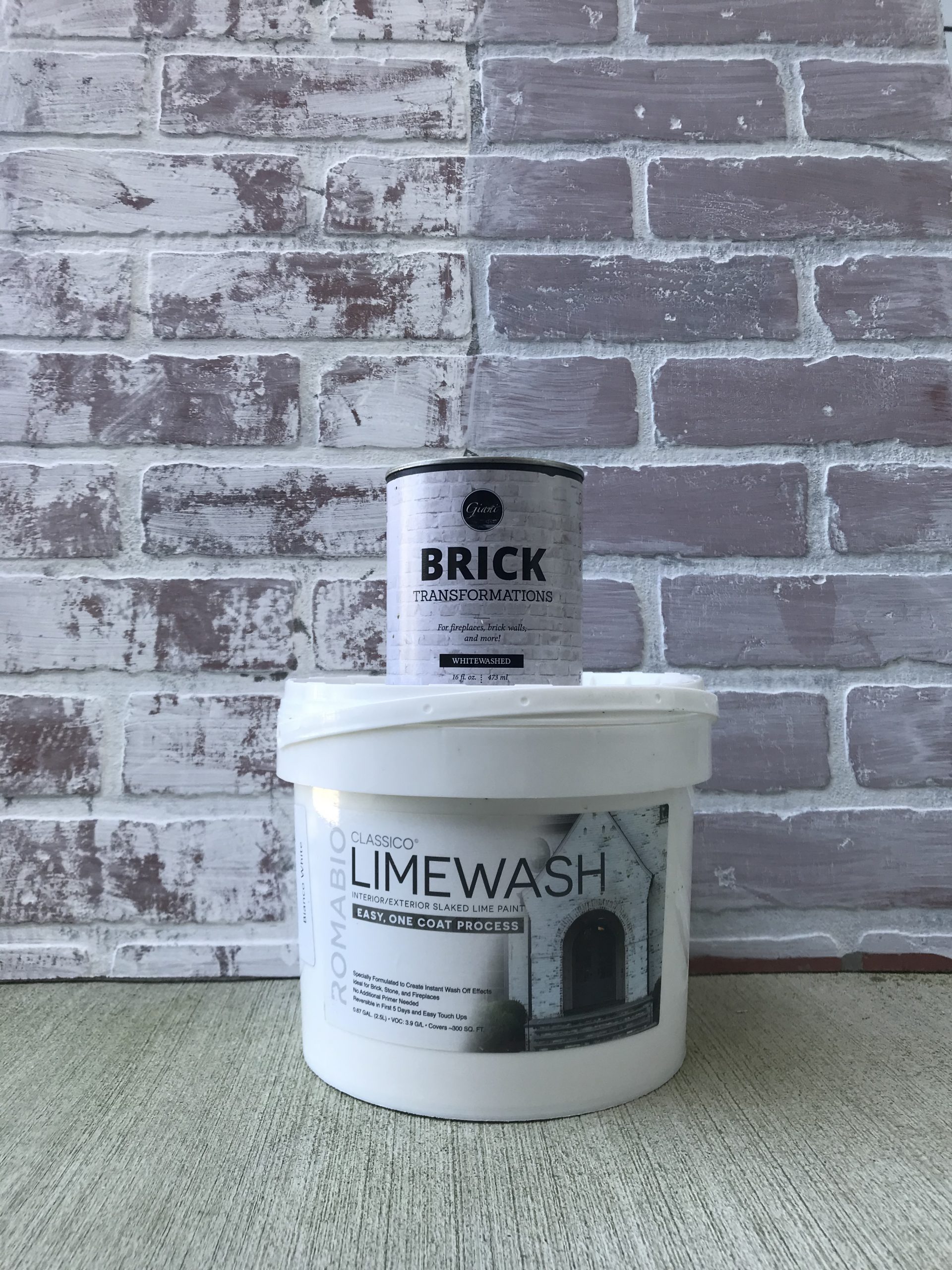
If you have questions or an experience with one of these products you’d like to share, leave a comment below! If you enjoyed this content, consider subscribing to our newsletter for more product reviews and exclusive promotions!

